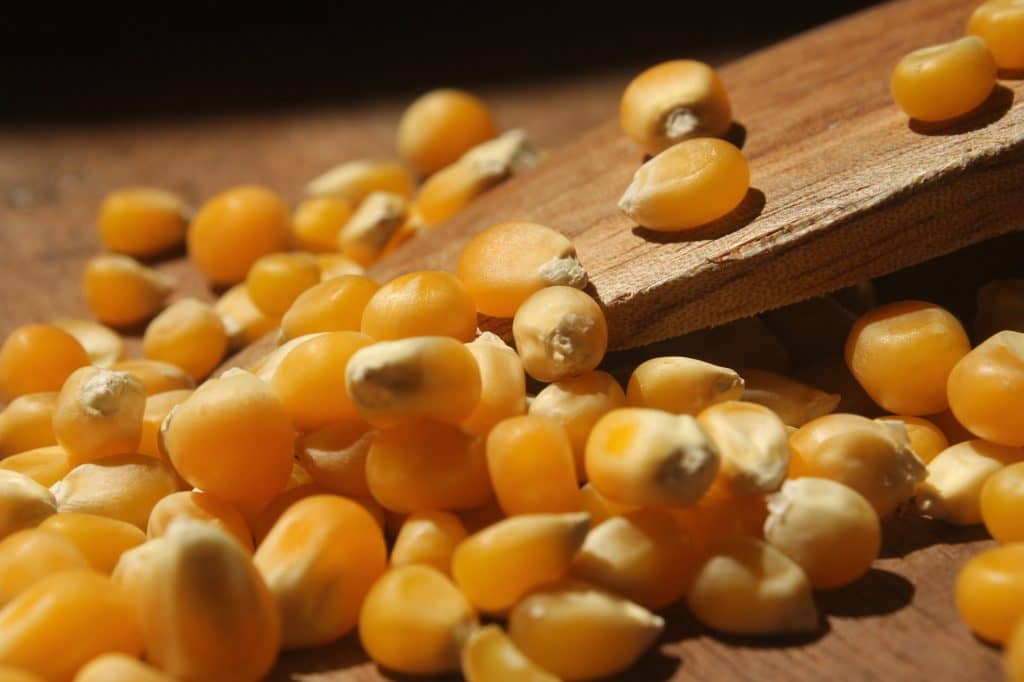Porto Alegre, September 14, 2021 – A relatively calm September can be considered normal and seasonal. With the evident loss of production, many consumers replenished their stockpiles for August and September, some for October. Now, they consume stocks and ignore more accessible offers in the domestic market. Without a decision to build stocks in July for sixty days, including imports, today the market would have explosive prices. Therefore, the proactive action of domestic consumers has been holding prices at this time. On the other hand, producers waited to clear their August and September debts to start selling, in other words, a moment when consumers are supplied. Those who need to sell are having to accept lower prices. This seasonal situation can be profoundly changed going forward. This selling pressure will disappear, stocks will be reduced, and the pricing environment may have a second wave of aggressive hikes. The 2022 summer crop is being planted, which brings some optimism about the future supply. La Nina is the strong point of attention.
Part of the market believes it is possible to go from 2021 to 2022 without new price highs. This optimistic view seems to contradict logic and rationality. SAFRAS & Mercado estimates production with 89.3 mln tons in the current crop. IBGE and Conab released figures between 85 and 87 mln tons. In fact, it has been difficult to close the supply and demand scenario for corn with 89 mln tons this year, with lower numbers and no signs of contraction in domestic demand in any of the consumer segments, we see as worrying this vision that there will be no supply problems until the 2022 season. Perhaps even more troublesome is the view that the 2022 summer crop will reasonably meet all domestic demand in the period.
In any case, the corn consumer sector in the South region has been proactive. It has absorbed good volumes of corn from trading companies, imported from Argentina, and is receiving its traditional volume of corn from Paraguay. Problems with receipt were concentrated on second-crop contracts and the quality of second-crop corn in PR, MS, SP, and Paraguay. As a result, the market in the South region has practically consumed all corn available in Mato Grosso, and trading companies allowed this movement with prices higher than port levels by BRL 20 to 25 a bag.
Now, the harvest of the second crop is nearly over, producers are clearing their short-term debts, and the pressure to sell the second crop is decreasing. Trading companies, in turn, will study their strategy for October through December, either reversing sales to the domestic market or keeping the previously scheduled exports. If the domestic industry does not show interest in this corn for this quarter, Brazilian exports will be confirmed for the period, and it will be difficult to revert them later on.
Basically, there is a market current that believes that the washouts that may still occur, added to imports from Argentina and Paraguay, could meet supply until the arrival of the 2022 summer crop. This would leave the demand for corn too concentrated at the arrival of the summer crop and boost prices during the harvest. The South region is planting and expecting to reap in January and February. The big concern is La Nina and the weather from the second half of October. Focusing the strategy only on the meager 2022 summer crop jeopardizes supply and prices in the Brazilian domestic market.
Meanwhile, Brazilian exports reach 10.9 mln tons, with the September shipment schedule approaching 3 mln tons. October to January exports will close the year’s data, that is, four months for a shipment of 9 mln tons to reach the target of 20 mln tons this year. On the other hand, imports are also taking place, albeit in a much smaller proportion. Between February and August, Brazil received 950 thousand tons of corn from Argentina and Paraguay. In August, the imports hit 290 thousand tons. Thus, further 2 mln tons are required to meet internal demand. In September, nearly 260 thousand tons of Argentine corn are scheduled to be unloaded in Brazil. We believe that 200 to 300 thousand tons of Paraguayan origin are coming. This is meeting the regional demand for the period.
Corn sale indicators are well advanced. At first, due to the small production. Besides, there was a great demand for corn directly from producers in August, mainly in Goiás and Mato Grosso. Trading companies have bought local corn to sell to other states, and industries have extended their net long positions to guarantee supply. The availability of Brazilian corn is becoming shorter every month.
Agência SAFRAS Latam
Copyright 2021 – Grupo CMA

